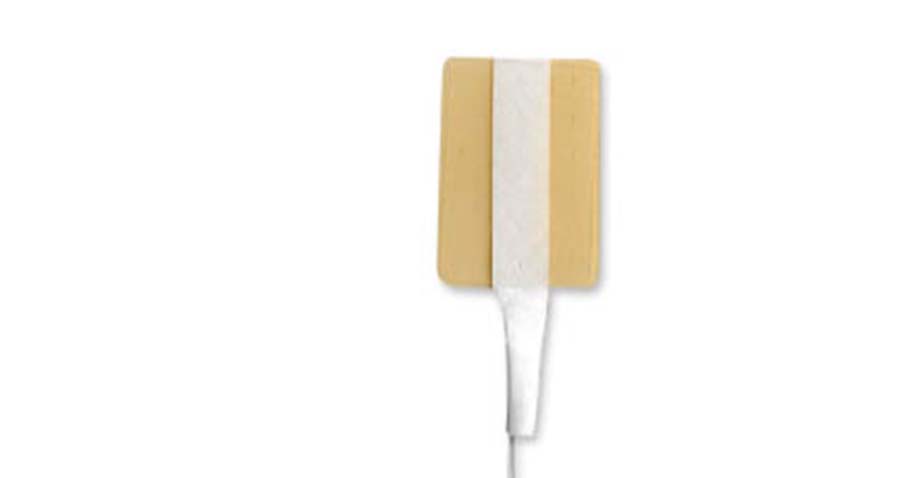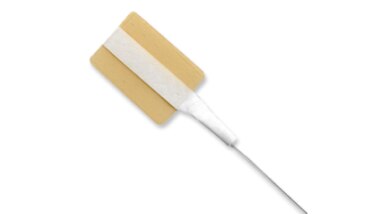RELATED PRODUCTS NOT AVAILABLE
true
Support
Becton Dickinson Australia & New Zealand
AU: 1800 656 100
NZ: 0800 572 468
Thank you for contacting our sales team!
A sales representive will get in touch with you shortly.
For more information, please visit our Contact Us page


- Overview
- Products & Accessories
- EIFU & Resources
- FAQ
The StatLock™ Neonatal II Stabilisation Device utilises the strength of Tyvek® to create a stabilisation device designed for neonatal nursery.

The StatLock™ Neonatal II Stabilisation Device can be used to secure virtually all tubes and catheters used in the NICU, including peripheral IVs, umbilical vessel catheters, and feeding tubes.
true
Literature
BD's collection of literature on industry and on our offerings gives you information you can use to continue striving for excellence.
Learn more
true
- All
The StatLock™ Stabilisation Device is contraindicated in patients with known allergies to adhesives or tapes.
While the StatLock™ Stabilisation Device is probably appropriate for more than 99% of your patients; some people have skin that simply will not accept an adhesive-based product – their skin is too flaky, too greasy, or too diaphoretic. Use clinical judgment. Just know that where you can use StatLock™ Stabilisation Device, your clinical and cost outcomes will be dramatically improved.
You do need to extend your insertion site alcohol prep or chlorhexidine prep widely to both sides to cover the securement site. This is a necessary step to cleanse the skin before the StatLock™ Stabilisation Device application.
BD recommends the use of the skin prep pad included with the StatLock™ Stabilisation Device. The skin prep provides an acrylic layer that protects the skin and enhances adherence of the anchor pad. Performing both of these steps will maximise product performance.
When you use the skin prep you'll need to allow it to dry for 10 to 15 seconds and make certain it is dry, meaning smooth to the touch – not tacky. Use your clinical judgment based on assessment of the patient's skin. Just remember, when skin prep is not used the StatLock™ Stabilisation Device may prematurely lift.
Yes.
- Always orient the push-tab straight up.
- Always connect the StatLock™ Stabilisation Retainer Device to the PIV before placing the StatLock™ Stabilisation Device onto skin.
- The blue StatLock™ Stabilisation Device retainer clip is like an upside-down "V". Therefore, do not inadvertently squeeze it closed by compressing both sides. Instead, just hold one side and snap it over the hub of the catheter.
You can use them to:
- Stabilise the catheter while prepping and securing with the StatLock™ Stabilisation Device by applying the foam strips over the catheter hub
- Fashion a J-loop with the IV tubing
- Form a cushion under your luer lock spin nut
- For extension sets without luer locks, wrap them around the catheter and the extension set connection for added security
- Reinforce the StatLock™ Stabilisation Device. They are sterile, tape is not.
If you had a tape-secured PIV, then you would have to remove the tape to change the tubing.
StatLock™ IV Ultra Stabilisation Device
With the StatLock™ IV Ultra Stabilisation Device you can keep the stabilisation device in place while you change tubing. Simply steady the retainer with the thumb and index finger of one hand while unscrewing the extension set. Remove the set. Then, while continuing to brace the retainer, press-fit and screw in your replacement extension set.
StatLock™ IV Select Stabilisation Device
For StatLock™ IV Select Stabilisation Device, you will need to replace the StatLock™ Stabilisation Devices when you remove and replace the tubing – just as you would with tape securement; but this is a rare event offset by StatLock™ Stabilisation Device advantages.
true
true